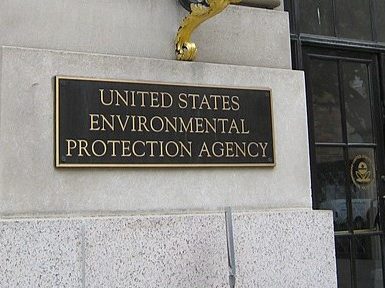As Arizona confronts historic high temperatures, the state’s electric infrastructure has faced new pressures. Despite these extreme weather conditions, utilities have continued to provide customers with reliable electricity service.
This year is already one of the hottest on record, with the greater Phoenix area experiencing 110-degree-plus highs for more than three consecutive weeks.
Hot weather in Texas has increased pressure on that state’s electric grid, prompting many to doubt its ability to survive the summer months without interruptions. Arizona utilities, however, remain confident in their ability to deliver to their customers.
“Despite historic levels of energy usage, Arizona Public Service (APS) and its customers experienced no issues related to power supply; and that does not happen by accident,” APS President Ted Geisler said. “It takes years of planning, maintaining a diverse energy mix, investing in and strengthening the electric system, and most importantly teams of people who are dedicated to keeping the lights on for customers when they need us most. Arizona summers can be brutal, and APS is here to serve and ready to respond every day whether we’re faced with heat, monsoon storms, wildfires or all of the above.”
APS has taken several steps to prepare for the summer heat. Every year, the utility company invests approximately $1.5 billion to maintain and upgrade its grid, expanding its capability to withstand high temperatures. Additionally, APS forecasts state growth and energy usage to allocate appropriate resources to high-usage areas.
The company’s strategic planning and careful investment has paid off. Despite breaking records this year for daily energy usage — on Saturday, July 15, customer energy use reached 8,191 megawatts, the highest amount of combined energy use in APS history, a record broken less than a week later — the utility has continued to provide reliable power to Arizonans.
Tucson Electric Power (TEP) has taken similar steps to serve their customers.
“We work throughout the year to prepare for summer, when our customers’ energy needs are the greatest,” said David Wagner, TEP’s director of transmission & distribution line construction and metering. “During summer months, we increase the number of employees who work late shifts so we can more quickly respond to late afternoon storm damage and other emergencies.”
The stakes are high: a recent study says that a power outage during Arizona’s summer months could risk the lives of thousands. But local leaders are also confident in the strength of the grid. “We are lucky to have a very reliable electric grid in Arizona and city personnel who work day in and day out to ensure we’re prepared for complex emergencies,” Phoenix Mayor Kate Gallego said.
Arizona’s business community has praised the state’s utility companies for the work they’ve done to serve customers amid record temperatures and historic demand.
“The Arizona economy is dependent on safe, affordable and reliable energy. Our utilities deserve a big round of applause for the outstanding work they’ve done to manage our grid, to keep our companies running, and to keep our air conditioners humming,” Arizona Chamber of Commerce & Industry President and CEO Danny Seiden said. “While other states around the country worry whether their utilities will be able to meet demand, the lights have stayed on in Arizona.”
The utilities also have several programs to ensure that customers don’t face any service interruptions due to financial hardship. Salt River Project, for example, participates in Project SHARE with the Salvation Army that contributes to the SRP Bill Assistance program, which helps limited-income customers pay their energy bills.
In addition to the actions that utilities like SRP, APS, and TEP have taken to augment their ability to handle extreme weather, new investments in grid infrastructure will assist them in managing future summers.
Utilities also recommend that energy consumers take certain steps to reduce stress on the grid and lower the chances of outages. Some of these recommendations include:
- Set your thermostat to 78-80 degrees
- Close your drapes and blinds during the day time
- Replace disposable air filters at least once a month
- Use ceiling fans
















Add comment